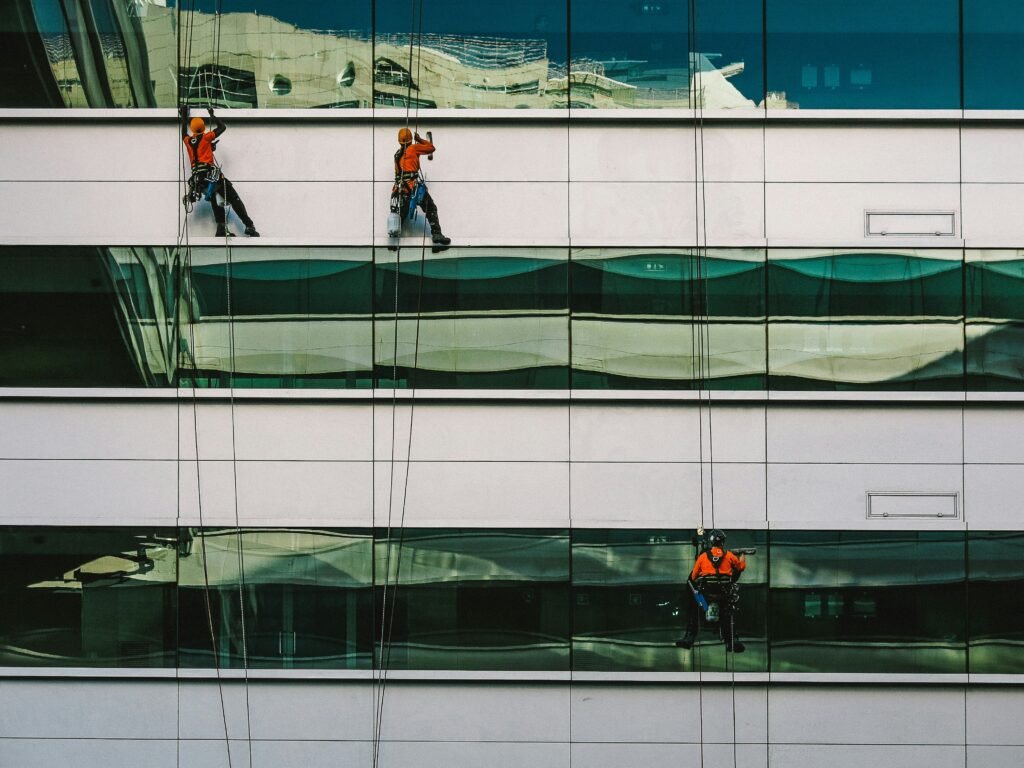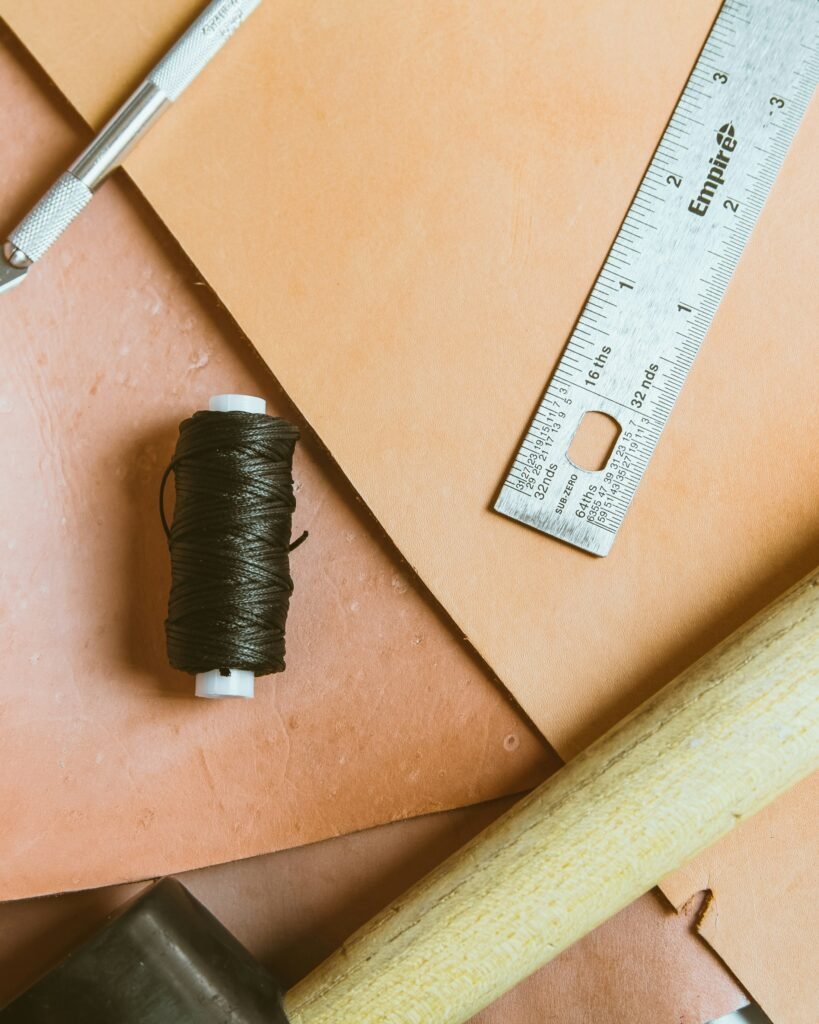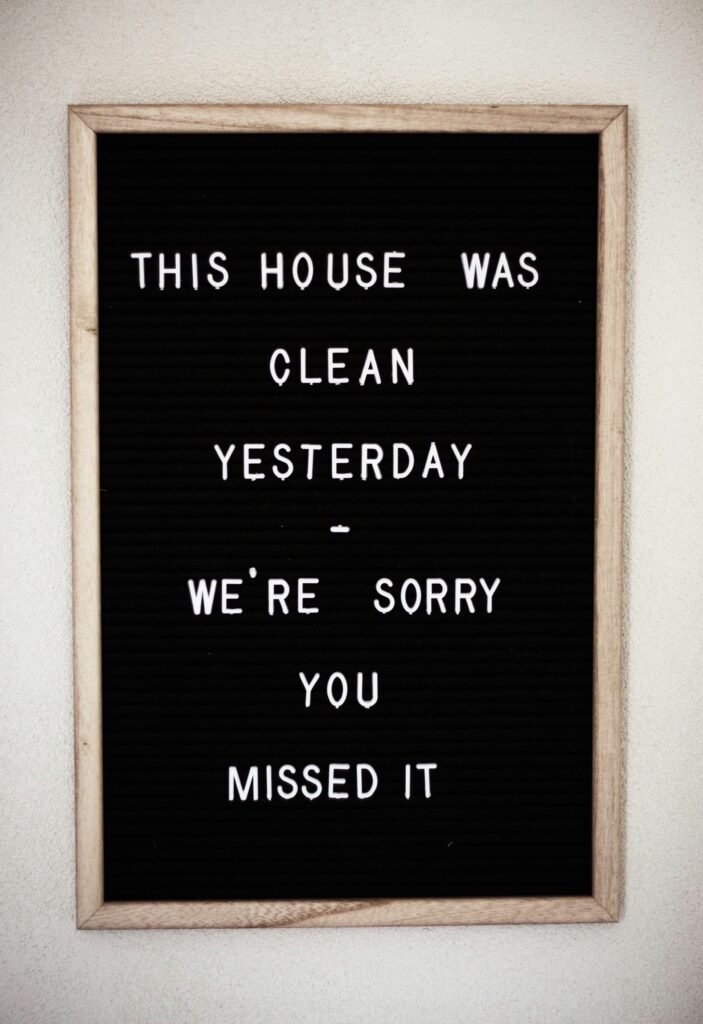How to Protect Alligator Leather from Damage
Alligator leather is a luxurious and sought-after material known for its durability and unique texture. But just like any other natural material, it requires proper care and maintenance to ensure it remains in pristine condition. In this article, we will explore some simple yet effective techniques on how to protect your alligator leather from damage, allowing you to enjoy its beauty and longevity for years to come. From cleaning to conditioning, we’ve got you covered. So, let’s dive in and discover what it takes to keep your alligator leather looking its best.
Cleaning
Cleaning your alligator leather products is an essential step in maintaining their beauty and longevity. By following a few simple steps, you can keep your items looking their best for years to come.
Using a Soft Cloth
When cleaning alligator leather, it is crucial to use a soft cloth to avoid scratching the delicate surface. Opt for a microfiber cloth or a lint-free cloth to gently wipe away any dirt or dust. Avoid using abrasive materials, such as brushes or rough sponges, as these can cause damage.
Avoiding Harsh Chemicals
Harsh chemicals, such as bleach or ammonia-based cleaners, should never be used on alligator leather. These substances can strip away the natural oils, leading to drying and cracking. Instead, stick to mild soaps or specially formulated leather cleaners that are designed for exotic skins.
Removing Stains
In the unfortunate event of a stain on your alligator leather, it is essential to address it promptly. Begin by blotting the stain with a clean, damp cloth to remove any excess residue. Then, using a mild soap or leather cleaner, gently rub the affected area in a circular motion. Always test any cleaning products on a small, inconspicuous area first to ensure they do not cause discoloration.
Conditioning
Proper conditioning is crucial for maintaining the suppleness and shine of your alligator leather products. Regularly conditioning them will help prevent drying and cracking, allowing the leather to age gracefully.
Choosing a Leather Conditioner
When selecting a leather conditioner for your alligator skin items, opt for one that is specifically formulated for exotic leathers. Look for products that contain natural oils and moisturizers to replenish the leather’s moisture balance. It is advisable to consult with a professional or refer to the manufacturer’s instructions for the best conditioner to use.
Applying Conditioner
Before applying the conditioner, ensure that your alligator leather is clean and dry. Using a clean, soft cloth, apply a small amount of conditioner evenly over the surface. Gently massage the conditioner into the leather, paying extra attention to any creases or areas that may be prone to drying. Allow the conditioner to penetrate the leather for the recommended amount of time before wiping away any excess.
Buffing and Polishing
To achieve a beautiful luster, buff and polish your alligator leather products after applying the conditioner. Use a clean, dry cloth and gently rub the leather in circular motions. This process helps to distribute the conditioner evenly and brings out the leather’s natural shine. Be careful not to apply excessive pressure, as this may cause damage to the delicate scales.

This image is property of images.unsplash.com.
Avoiding Excessive Sunlight and Heat
Exposure to sunlight and excessive heat can cause fading, drying, and cracking of alligator leather. Protect your cherished items by following these simple precautions.
Storing in a Cool and Dry Place
When not in use, it is essential to store your alligator leather products in a cool and dry place. Avoid areas that are exposed to direct sunlight, such as windowsills or near heating vents. Excessive heat can cause the leather to dry out and fade, resulting in irreversible damage.
Using UV Protection Products
To provide an extra layer of protection against harmful UV rays, consider using UV-protective products specifically designed for leather. These products act as a barrier against UV radiation and help prevent fading and discoloration. Apply the UV protection product according to the manufacturer’s instructions, ensuring even coverage over the entire surface of the leather.
Preventing Water Damage
Water can be particularly damaging to alligator leather, causing it to warp, crack, or lose its natural luster. Protect your items from water damage by implementing these preventive measures.
Using Waterproofing Products
To safeguard your alligator leather products from water damage, treat them with a waterproofing product. These products create a barrier that prevents water from penetrating the leather. It is essential to choose a waterproofing product that is compatible with alligator leather and follow the instructions carefully during application.
Avoiding Submerging in Water
While alligator leather is durable, it is not meant to be submerged in water for extended periods. Avoid activities such as swimming or showering while wearing alligator leather items. Additionally, prevent accidental exposure to water by removing your alligator leather products before engaging in activities where they may come into contact with water.
Drying Properly
In the event of your alligator leather getting wet, it is crucial to dry it properly to prevent damage. First, blot any excess moisture with a soft, absorbent cloth. Avoid rubbing or applying excessive pressure, as this can cause the scales to become misshapen. Allow the leather to air dry naturally in a well-ventilated area, away from direct heat sources. Once dry, apply a leather conditioner to restore moisture and prevent any lingering effects from the water exposure.

This image is property of images.unsplash.com.
Protecting Against Scratches and Scuffs
While alligator leather is known for its durability, it is still susceptible to scratches and scuffs. Follow these guidelines to protect your items and ensure their longevity.
Using a Leather Protector
A leather protector is an excellent investment for shielding your alligator leather products from scratches and scuffs. Apply the protector according to the manufacturer’s instructions, focusing on high-contact areas, such as straps or handles. This protective layer acts as a barrier, absorbing some of the impact and minimizing the appearance of scratches.
Avoiding Sharp Objects
To prevent unnecessary damage, avoid exposing your alligator leather to sharp objects. Be mindful when wearing your alligator leather accessories, such as watches or bracelets, to prevent accidental contact with rough surfaces. Additionally, when storing your items, keep them away from any objects that may cause scratches or scuffs.
Proper Handling and Storage
Proper handling and storage play a significant role in preventing scratches and scuffs. When not in use, store your alligator leather products in protective pouches or dust bags to avoid contact with other items. This simple precaution can help preserve the pristine condition of your cherished possessions.
Regular Maintenance
Regularly inspecting and maintaining your alligator leather items is crucial for their longevity. Stay proactive with these maintenance tips to keep your products looking their best.
Inspecting for Wear and Tear
Periodically inspect your alligator leather products for any signs of wear and tear. Check for loose scales, loose stitches, or any damage that may need attention. By identifying and addressing these issues early on, you can prevent further damage and ensure the longevity of your items.
Addressing Loose Stitches
If you notice any loose stitches on your alligator leather products, it is vital to address them promptly. Using a needle and thread that matches the color of the stitching, carefully restitch any loose areas. This simple repair can prevent further unraveling and preserve the item’s structural integrity.
Keeping Leather Moisturized
Regularly moisturizing your alligator leather is essential for preventing drying and cracking. Apply a leather conditioner every few months to replenish the moisture lost over time. This practice helps to maintain the leather’s suppleness and prevent premature aging.

This image is property of images.unsplash.com.
Proper Storage
Proper storage is critical in maintaining the shape and condition of your alligator leather products. Follow these suggestions to ensure your items stay beautiful for years to come.
Using Dust Bags
When not in use, store your alligator leather products in dust bags. These bags offer protection against dust, dirt, and potential scratches. Place each item individually in its own dust bag, ensuring they are not overcrowded and have enough space to breathe.
Avoiding Plastic Bags
While it may seem convenient, avoid using plastic bags for long-term storage of your alligator leather items. Plastic bags can trap moisture, leading to the growth of mold or mildew. Opt for breathable fabric dust bags or acid-free tissue paper for a safer storage solution.
Maintaining Proper Shape
To preserve the original shape of your alligator leather accessories, stuff them with acid-free tissue paper or bubble wrap. This helps the items maintain their structure while in storage, preventing creases or deformations over time. Avoid using newspaper or colored tissue paper, as the ink or dyes can transfer onto the leather.
Professional Care
Sometimes, professional care is necessary to restore and maintain the condition of your alligator leather items. Consider these options for expert assistance.
Seeking Professional Cleaning
If your alligator leather product requires a deeper clean or has stubborn stains, it may be best to seek professional cleaning services. Professional cleaners have the expertise and specialized tools to handle delicate exotic leathers properly. Before choosing a service, do thorough research and ensure that they have experience with alligator leather.
Professional Restoration and Repair
For extensive damage or restoration needs, consulting a professional leather restorer or repair specialist is recommended. They can repair loose scales, refurbish faded areas, and address any structural issues. Professional restoration and repair services can breathe new life into your alligator leather items and ensure their continued enjoyment.
Avoiding Extreme Temperatures
Extreme temperatures can have adverse effects on alligator leather, leading to irreversible damage. Safeguard your belongings by following these preventative measures.
Preventing Freezing
Alligator leather is susceptible to damage from freezing temperatures. Avoid leaving your alligator leather items in freezing conditions, as this can cause the leather to become stiff and brittle. If you live in an area with cold winters, it is best to store your alligator leather products in a climate-controlled environment during the colder months.
Preventing Excessive Heat
Excessive heat can be equally damaging to alligator leather. Avoid leaving your items in areas that are exposed to extreme heat, such as next to radiators or in hot vehicles. High temperatures can cause the leather to dry out, leading to cracks and discoloration.
Awareness of Alligator Skin Characteristics
Understanding the unique characteristics of alligator skin is essential in maintaining its beauty and ensuring proper care.
Understanding Natural Marks and Variations
Alligator leather is known for its distinct natural marks and variations, which contribute to its allure. These natural markings, such as scratches, scars, and scale patterns, are considered part of the leather’s charm and should not be seen as flaws. Embrace these unique characteristics as they make each alligator leather item truly one-of-a-kind.
Avoiding Overstretching
Alligator leather has limited elasticity, so it is crucial to avoid excessive stretching. Overstretching can cause the leather to lose its shape, resulting in permanent damage or distortion. Ensure that your alligator leather accessories are the correct size and fit comfortably to prevent any strain on the leather.
Proper Conditioning Based on Leather Type
Different types of alligator leather may have specific care requirements. For example, matte-finished alligator leather may require a different conditioner than glossy or glazed leather. Take time to understand the specific conditioning needs of your alligator leather product and choose products accordingly for optimal care.
By following these comprehensive guidelines, you can protect your alligator leather products from damage and ensure they remain a timeless investment for years to come. With proper care and maintenance, your alligator leather items will continue to showcase their inherent beauty and unique characteristics, leaving you to enjoy them in their finest condition.

